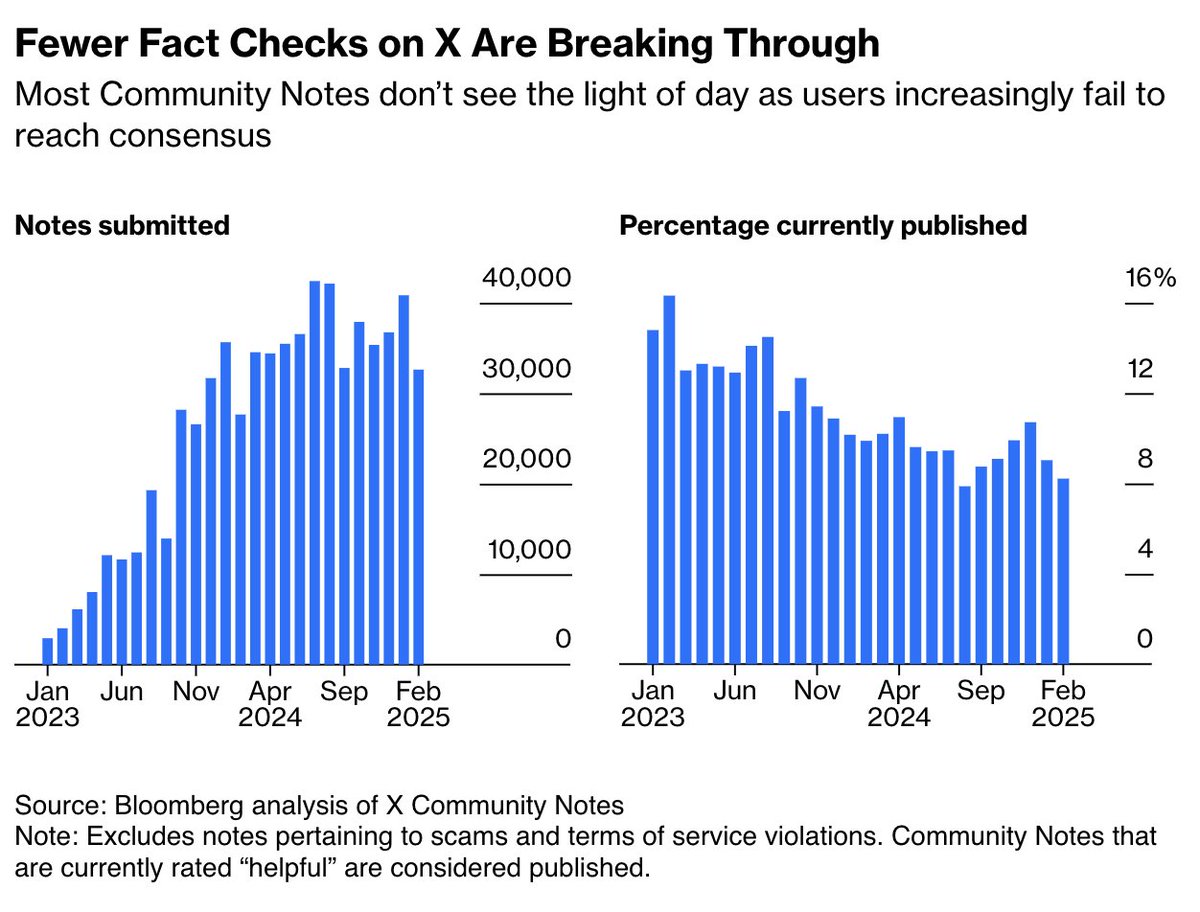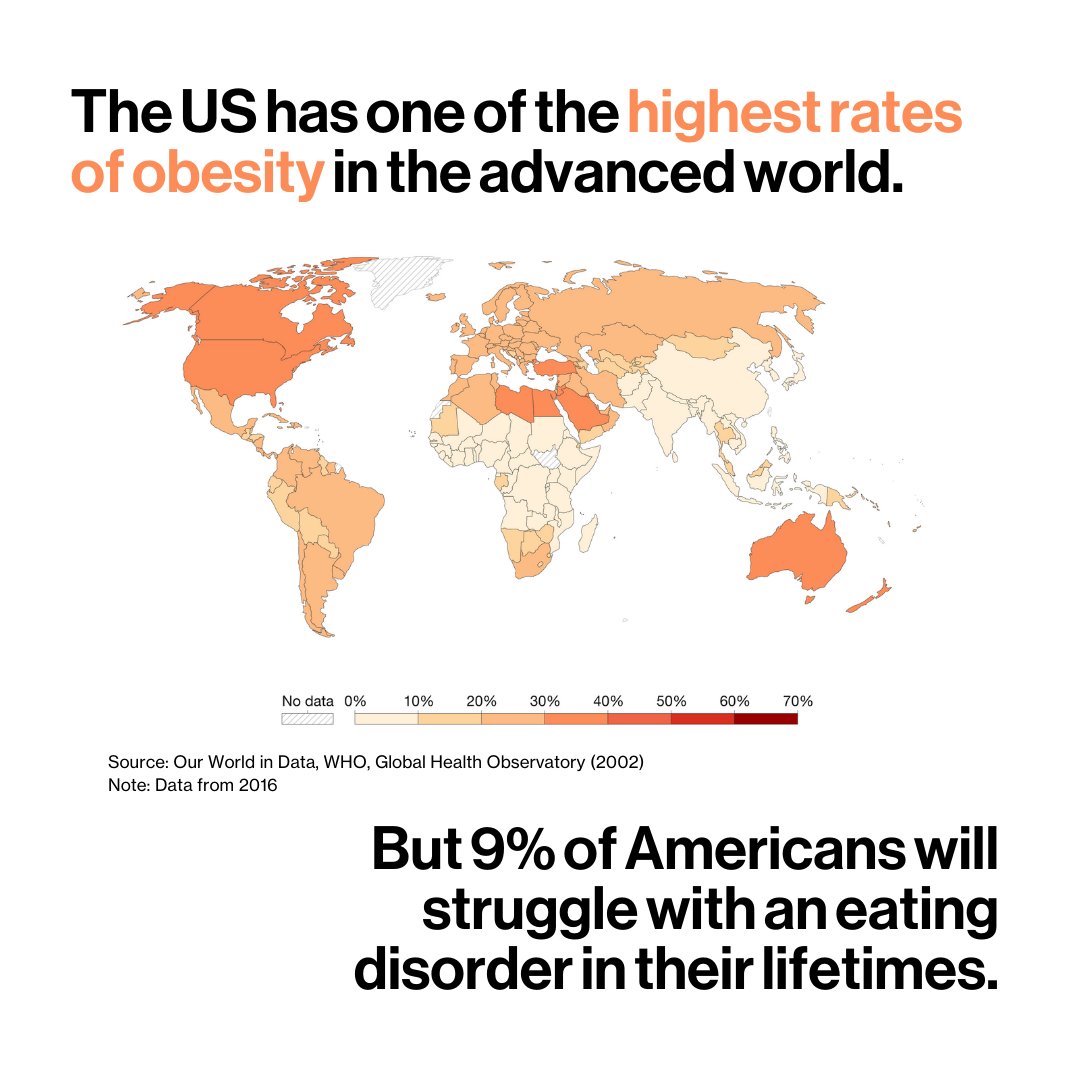Would you spend $1.3 million on a dilapidated, crumbling house?
Someone already has. In New Zealand, one of the most unaffordable housing markets in the world, quality and price are not obstacles to the property boom trib.al/lFnLdGd
Someone already has. In New Zealand, one of the most unaffordable housing markets in the world, quality and price are not obstacles to the property boom trib.al/lFnLdGd
Property markets around the world are running hot in similar ways to New Zealand’s.
128 out of 150 cities saw prices rise year-on-year in the first quarter of 2021, with 43 growing at double-digit rates — more than twice the amount in the previous year trib.al/Bc1xtoH
128 out of 150 cities saw prices rise year-on-year in the first quarter of 2021, with 43 growing at double-digit rates — more than twice the amount in the previous year trib.al/Bc1xtoH

A genuine economic recovery is underway, driven by $5.4 trillion of extra savings worldwide.
Aspiring “upsizers” are searching for space and long-term financial investments, especially among aging millennials who see a shot at outpacing rich boomers trib.al/Bc1xtoH
Aspiring “upsizers” are searching for space and long-term financial investments, especially among aging millennials who see a shot at outpacing rich boomers trib.al/Bc1xtoH

There’s pent-up speculative enthusiasm as millennials jump on the housing ladder after what feels like years of missed opportunity.
The result is prices going beyond the historical average of what buyers would be able to afford (and be willing to pay) trib.al/Bc1xtoH
The result is prices going beyond the historical average of what buyers would be able to afford (and be willing to pay) trib.al/Bc1xtoH
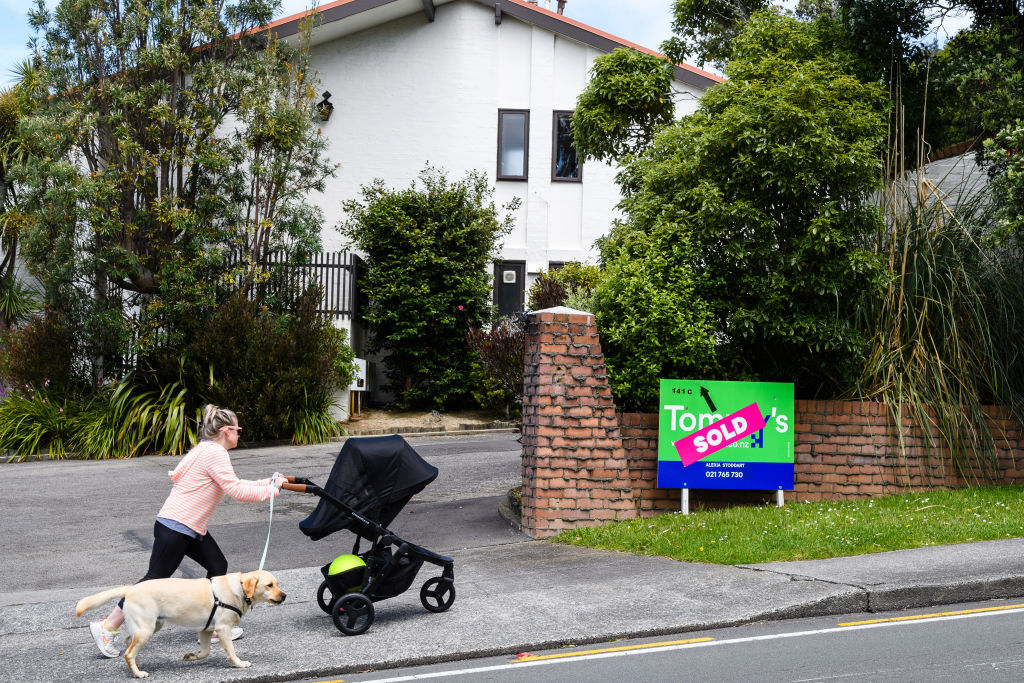
Egregious tales of excess include:
➡️ Bidding wars over semi-derelict homes in Australia
➡️ Prospective buyers in Shenzhen being asked to transfer 1 million yuan ($154,706) and submit personal credit reports before being able to bid trib.al/Bc1xtoH
➡️ Bidding wars over semi-derelict homes in Australia
➡️ Prospective buyers in Shenzhen being asked to transfer 1 million yuan ($154,706) and submit personal credit reports before being able to bid trib.al/Bc1xtoH
New Zealand’s isolation and Covid success have attracted Silicon Valley preppers and domestic investors, with one woman buying five homes in one year.
The less wealthy are racing to keep up. Those who’ve failed to get on the property ladder feel ashamed trib.al/rA2JcGb
The less wealthy are racing to keep up. Those who’ve failed to get on the property ladder feel ashamed trib.al/rA2JcGb

Prices don’t always rise, though.
House prices in global cities such as London, Hong Kong and New York have fallen, in contrast with roomier properties further out trib.al/rA2JcGb
House prices in global cities such as London, Hong Kong and New York have fallen, in contrast with roomier properties further out trib.al/rA2JcGb
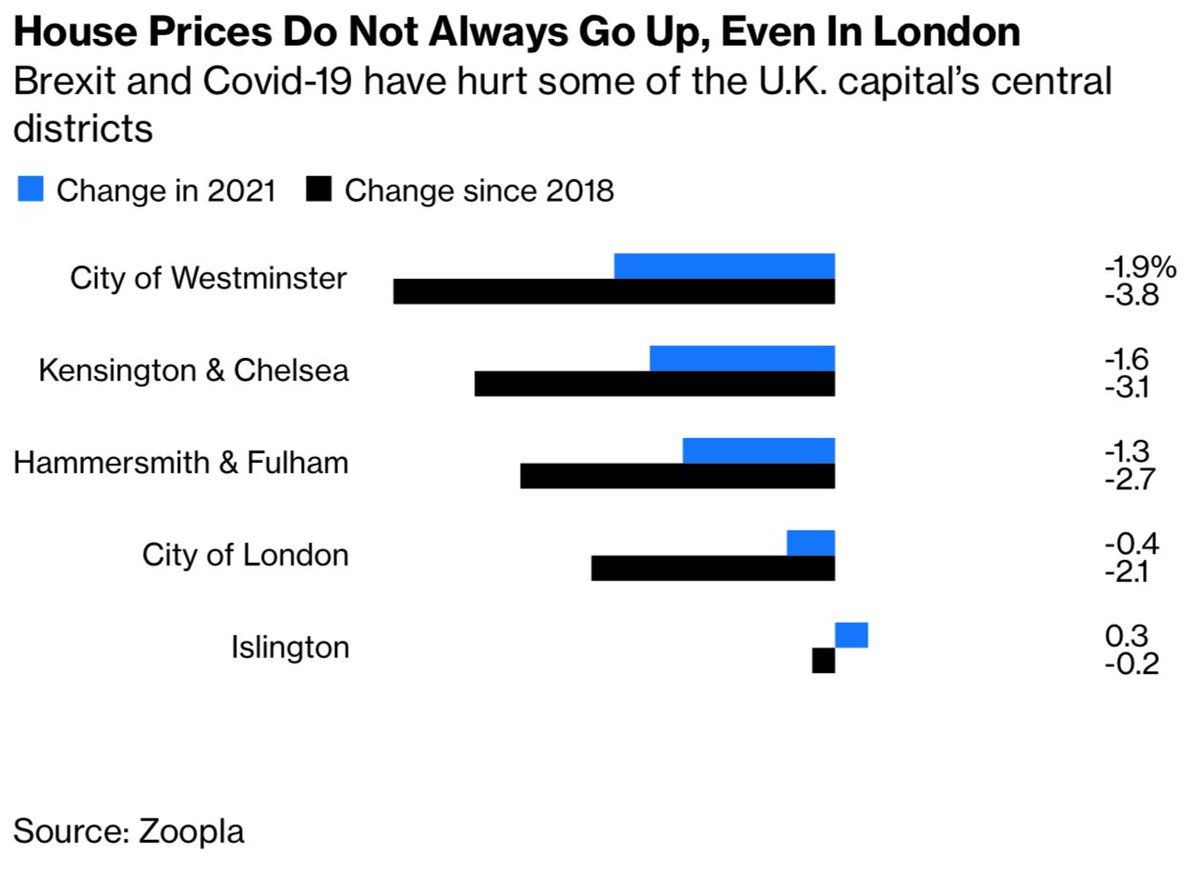
There may be sound reasons for going long on the suburbs right now or overpaying a little for one’s dream home.
But the trends driving this dash could easily reverse if the post-pandemic “normal” looks more like the megacity-dominated past than we expect trib.al/rA2JcGb
But the trends driving this dash could easily reverse if the post-pandemic “normal” looks more like the megacity-dominated past than we expect trib.al/rA2JcGb

Policymakers should be wary. What starts as a feel-good trend can turn.
Building more housing won’t on its own fix the problem, but more should be done.
One easy opportunity to add supply will come as companies reduce office space trib.al/rA2JcGb
Building more housing won’t on its own fix the problem, but more should be done.
One easy opportunity to add supply will come as companies reduce office space trib.al/rA2JcGb
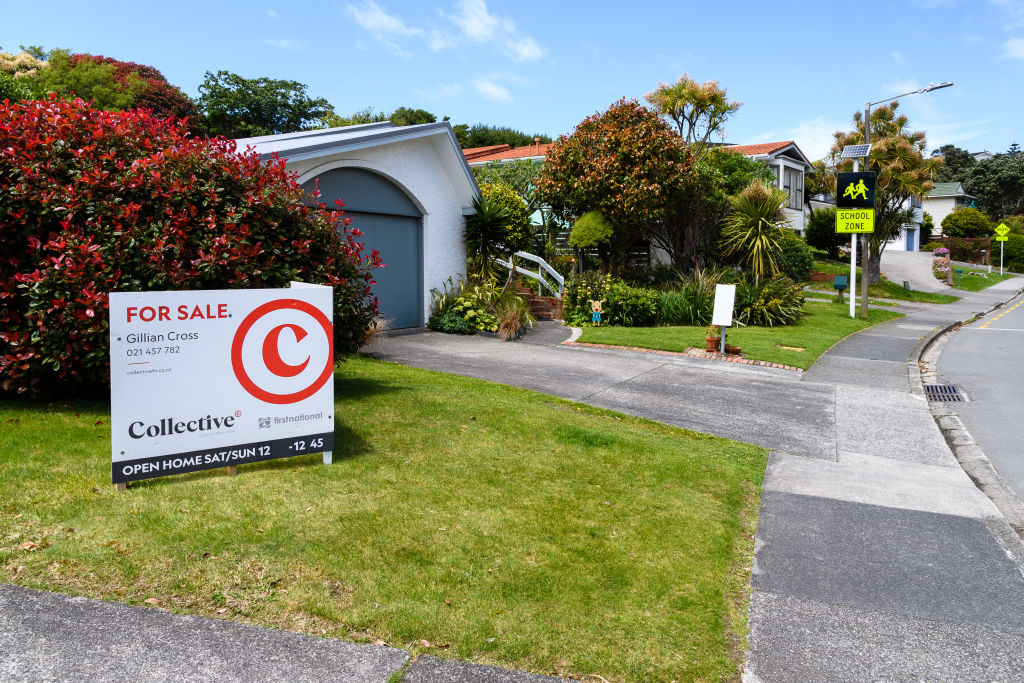
Regulators should keep an eye on mortgage credit standards, which are starting to loosen slightly.
If the big four U.S. banks were to return to their pre-Covid loan-to-deposit ratios of 80%, that would imply $2.1 trillion in new loans trib.al/rA2JcGb
If the big four U.S. banks were to return to their pre-Covid loan-to-deposit ratios of 80%, that would imply $2.1 trillion in new loans trib.al/rA2JcGb
• • •
Missing some Tweet in this thread? You can try to
force a refresh






